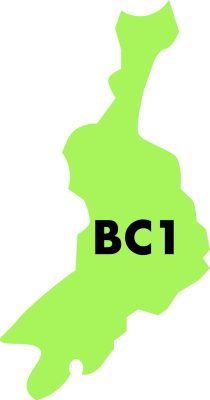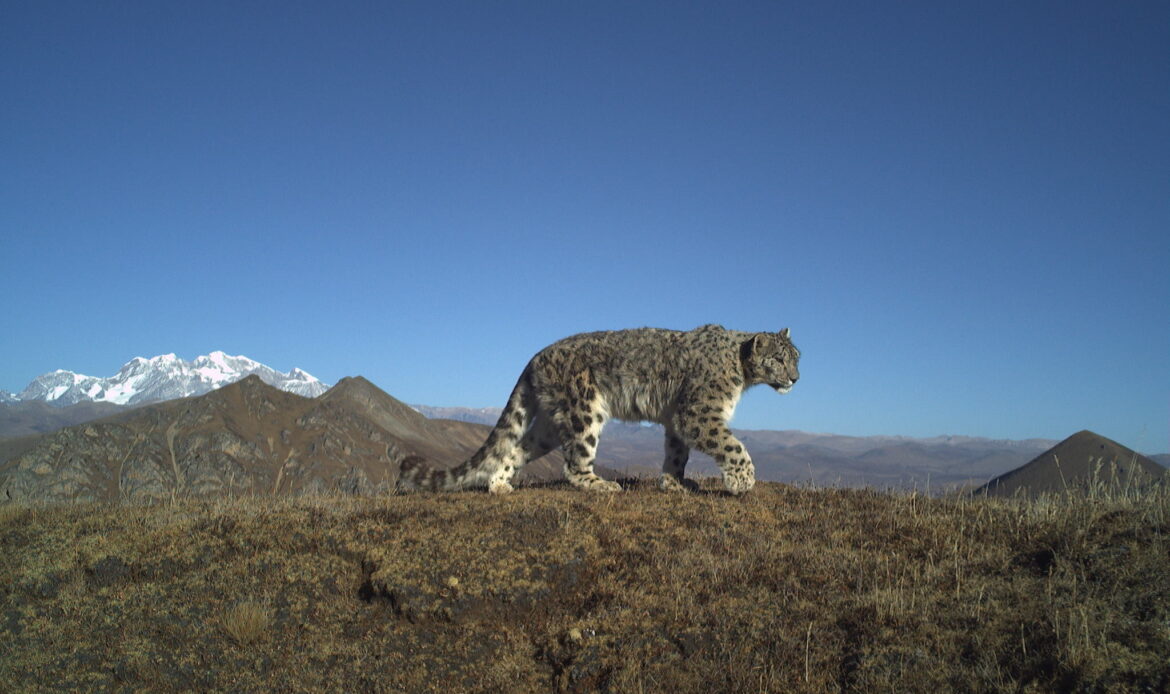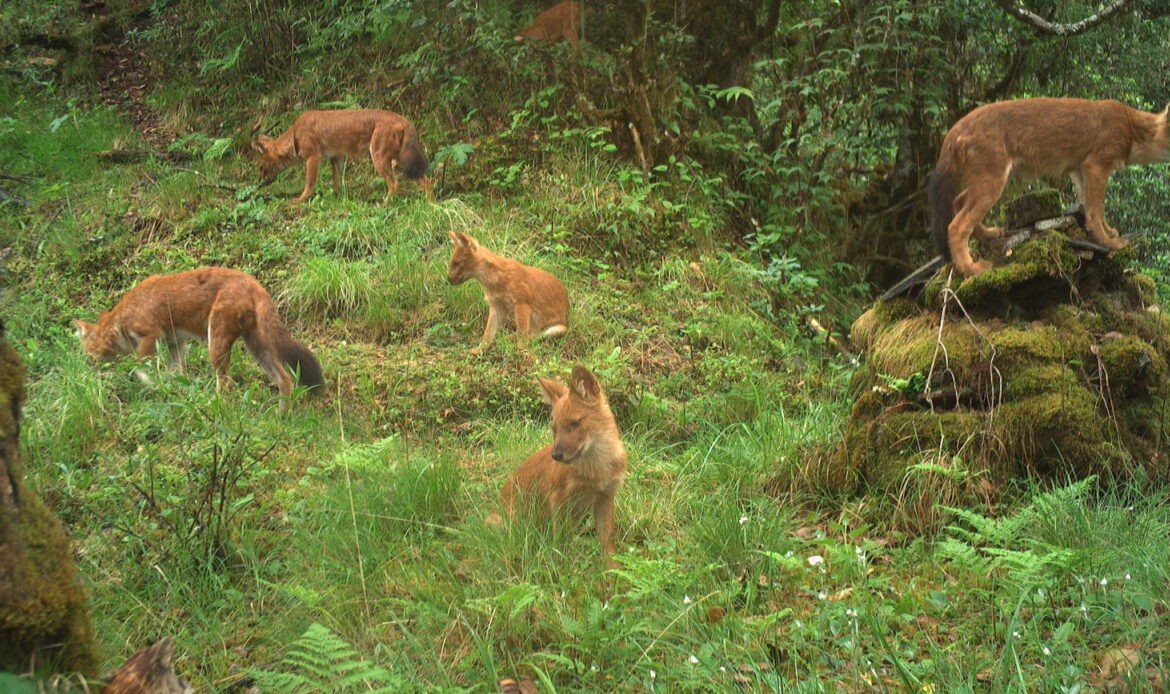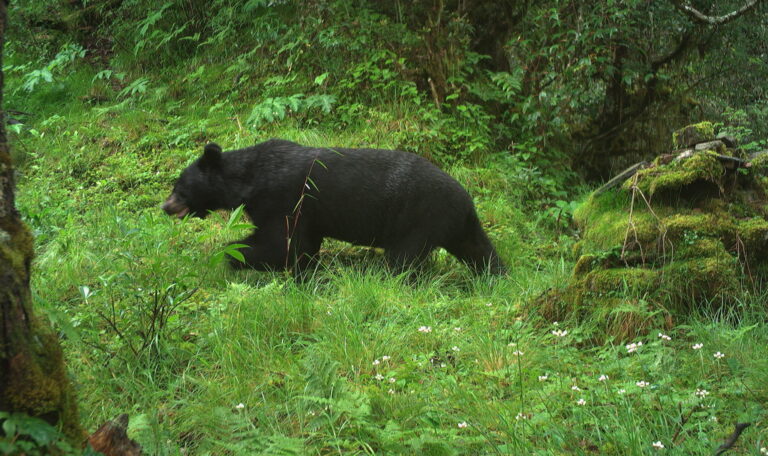
Information
The Biological Corridor-01 (BC-01) connecting Jigme Dorji National Park and Jigme Khesar Strict Nature Reserve is a part of the Bhutan Biological Corridor Complex (B2C2)
- Location: Covers three eastern districts of the country
- Establishment: 1999
- Total Area: 255.55 km2
- Includes Bjee Gewog in Haa which covers 9 chewogs with 279 households populated by 3230 people.
- Also encompasses 5 chiwogs of Tsento gewog with 905 households and a population of 5946 people

Faunal and Floral Diversity



Risk and Threats
Habitat Loss
Habitats within the sanctuary continue to change from natural disasters and direct human interventions such as illegal construction, logging, and overharvest of forest products.
Pests & Disease
Sensitive forests within the corridor are threatened by the expanding range of bark beetle pests. Additionally, there are a number of bacterial diseases which present a risk for native ungulate species.
Climate change
The increasing effects of climate change contributes to the severity of wildfire and landslide events that threaten wildlife and people alike.
Human-Wildlife Conflict
Local livelihoods are threatened by conflicts and crop damage from wild animals. Without proper compensation plans in place this can lead to retaliatory killings.
BC-1's Future with Bhutan for Life
Increased tiger, snow leopard, and white-lipped deer populations
Biodiversity Monitoring
Regular SMART Patrolling
Community trainings on conservation and sustainability practice
Forest quality and extent is maintained
Improved Infrastructure with BC boundaries
Inhabitants
people reside inside the Parks
0
Livelihoods
Residents are primarily farmers and highlanders that rely on agriculture or NWFP harvest.
Major Projects
Breathing Green: Bhutan, Home to 1008 Million Trees and Carbon-Slashing Wonder
Management Plan
This conservation management plan describes in details the importance of the park in ensuring biological continuity and ecosystem integrity, human communities and economic status; experiences and challenges, achievements from the past conservation management plan, threats and strategic actions for next 10 years. This plan also includes implementation work plans with budget outlay, monitoring, and evaluation approach for the planned activities.

